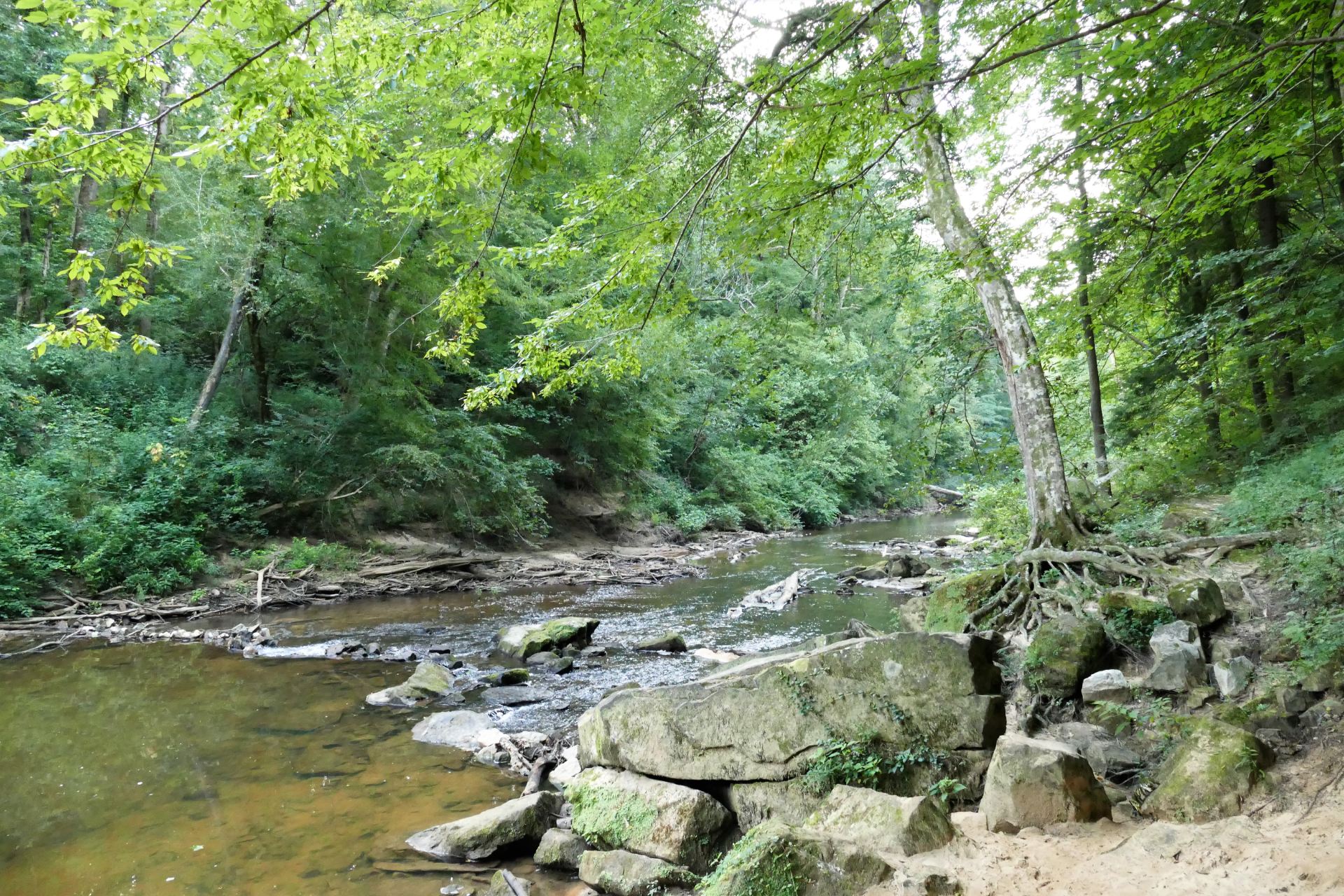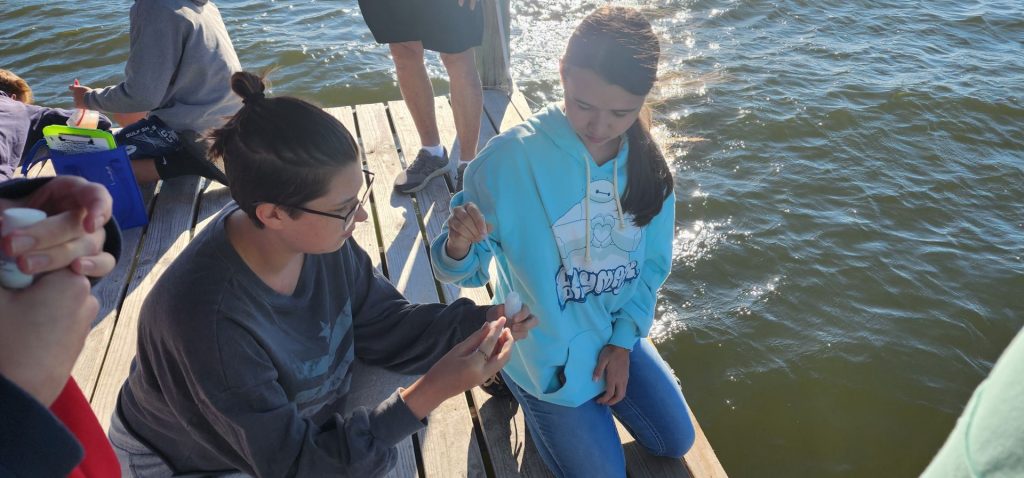By: Mona Dominguez
AWW Director, Mona Dominguez had the opportunity to participate in the Bays and Bayous Symposium in Biloxi, MS last November. It was a fabulous conference and provided a variety of presentations by leading scientists, educators, and coastal experts from throughout the Gulf region. She gave an oral presentation, that highlighted the successes and importance of the NOAA B-WET funded project that has provided more than 40 educators with training, curriculum, and materials that they have utilized to engage over 1,500 middle and high school students with meaningful watershed experiences that have helped them to understand, identify, detect, and mitigate pathogen pollution.
Continue reading “Bays and Bayous and the Boggs !”








